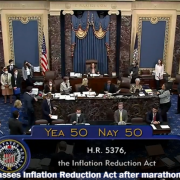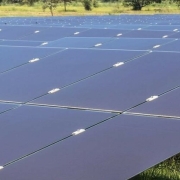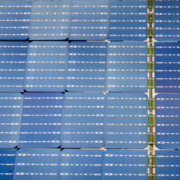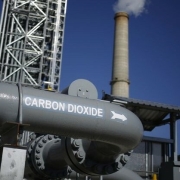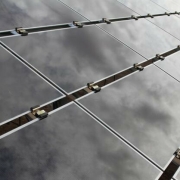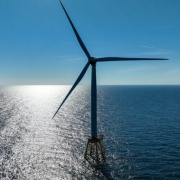SAN DIEGO — There is a push for clean energy in communities that may be most at risk to climate change.
The city of San Diego is partnering with San Diego Gas & Electric and the Center for Sustainable Energy to provide solar panels at little to no cost for low income families.
The program is called the San Diego Solar Equity Program.
“It’s targeted to low income folks who otherwise might not get access to clean energy because they can’t afford the $20,000 it takes to put solar on their rooftop,” said Lawrence Goldenhersh of the Center for Sustainable Energy.
Click here to read the full article
Source: CBS 8 San Diego
—
If you have any questions or thoughts about the topic, feel free to contact us here or leave a comment below.
Click here to read the full article
Source: CBS8
—
If you have any questions or thoughts about the topic, feel free to contact us here or leave a comment below.



